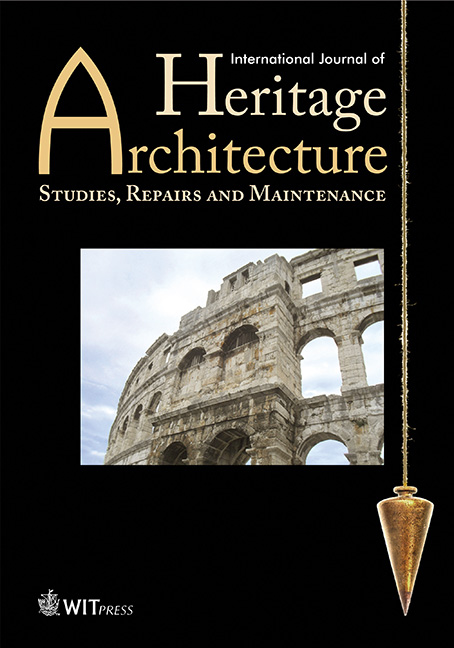The cultural and architectural heritage of the Banten Grand Mosque, Indonesia
Price
Free (open access)
Volume
Volume 1 (2017), Issue 3
Pages
7
Page Range
307 - 314
Paper DOI
10.2495/HA-V1-N3-307-314
Copyright
WIT Press
Author(s)
A. BAHAUDDIN & T.E. DARMAYANTI
Abstract
The Banten Grand Mosque (BGM) is located within the complex of the Grand Mosque of Old Banten or Oud Bantam, in a strategic position at the western end of the island of Java, Indonesia. Banten’s history has been influenced by various religions such as Hinduism, Buddhism and Islam. It led to the unique creation of the architecture of the BGM in an area where religious, social and political activities have been upheld since the reign of the Sultanate of Banten until today. The Grand Mosque of Banten is listed as one of the ancient mosques in Indonesia, dating from 1552, built by Sultan Maulana Hasanud- din, the first Sultan of Banten, during the time of the spread of Islam. The research, employing exploratory qualitative investigation with the support of literature on Banten, was conducted to determine the influence of animism and Hinduism–Buddhism before Islam onto this architecture, ascertained during field surveys and interviews with relevant individuals. The various religious and cultural influences are closely linked with the philosophies found in design elements, especially in the design of the column stumps (umpak). The research findings portrayed the stages of meditation in Buddhism, reflected in the curves of the lotus form in the interior of the mosque. Interestingly, the basic shape of the roof of the mosque depicts the Islamic philosophical approach related to the level of the universe, which was previously known as a Hindu philosophical approach: a representation of Meru, the sacred mountain. The BGM exhibits an architecture that is rich with assimilated cultural understandings and heritage.
Keywords
architectural components, Banten Grand Mosque, Hindu–Buddhist, Islam




